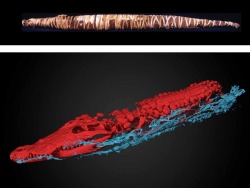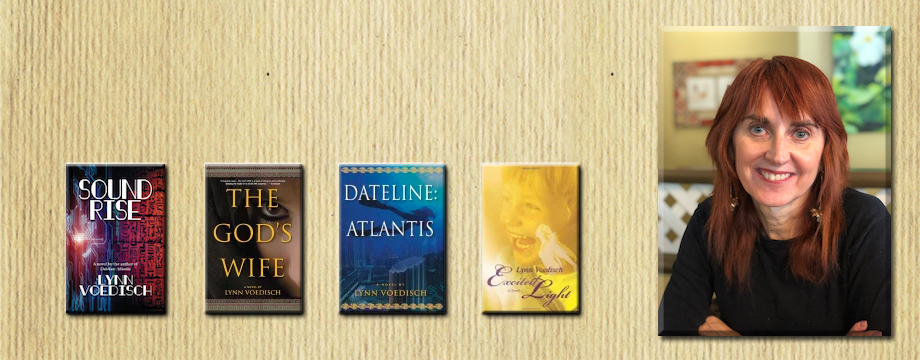Mummies of animals have long been part of the deeply complex Egyptian religion. The still unearthed Labyrinth of Egypt was said to hold hundreds of crocodile mummies and hundreds more mummies of human beings.
But crocodile mummies aren’t that hard to find in the many tombs of the once-great culture. The crocodile was said the be the material incarnation of the god Sobek, much as Thoth was known as an stork-like bird and Horus was portrayed as a falcon. Egyptians didn’t worship crocodiles, but they considered large and ornate mummies of crocodiles as an offering to the great god, Sobek.
Scientists had a look recently at a croc mummy that more unusual than most; it was extremely large, possibly containing a monster reptile. But when they did a 3-D CT scan of the mummy at the Academic Medical Center in Amsterdam, they found not only two full-grown crocodiles, but dozens of individually wrapped baby crocodiles. There are only a few of this kind of multi-croc mummies to be found in the world.
The Egyptians used all sorts of stuffing (linen, wood, rope and plant stems) to make the mummy take on the shape of a huge crocodile.
Since November, visitors to the Dutch National Museum of Antiquities can do a virtual autopsy on the 3,000-year-old mummy, using an interactive visualization tool. They also can do a post-mortem exam of an Egyptian priest. They can examine the ancient remains layer by layer, learning about the age at death, physical features, and the mummification process.


